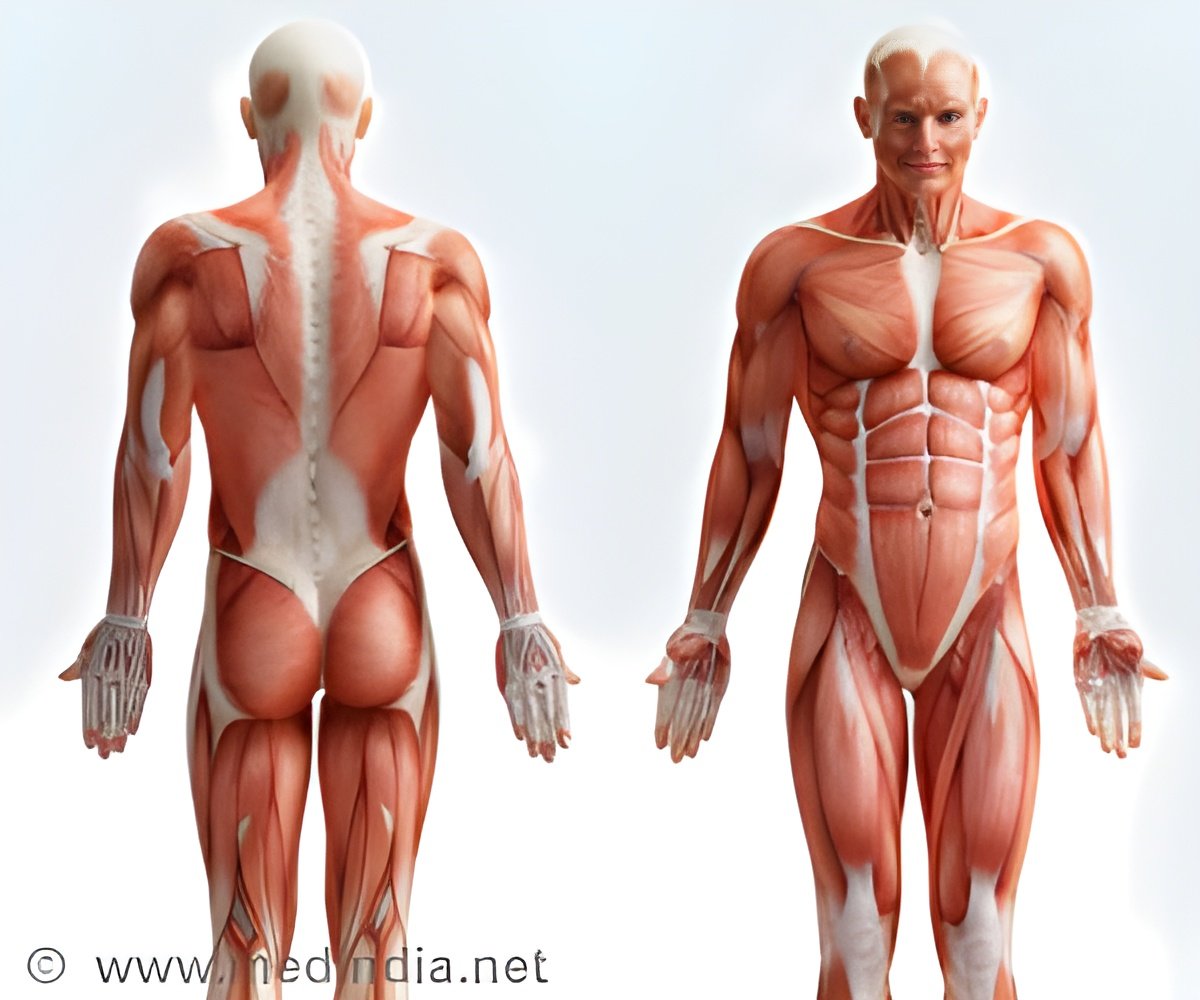Scientists say that 100 percent muscle power doesn't come in the way it was believed for the past 50 years.

C. David Williams, who earned his doctorate at the UW while conducting the research, said that the predominant thinking of the last 50 years is that 100 percent of the muscle force comes from changes as muscles shorten and myosin and actin filaments overlap.
He said that when the effects of filament overlap is isolated they only got about half the change in force that physiologists know muscles are capable of producing.
The rest of the force, he said, should be credited to the lattice work of filaments as it expands outward in bulging muscle - whether in a body builder's buff biceps or the calves of a sinewy marathon runner.
Thomas Daniel, UW professor of biology, one of Williams' advisers and co-author on the paper, said that one of the major discoveries that Williams brought to light is that force is generated in multiple directions, not just along the long axis of muscle as everyone thinks, but also in the radial direction.
He said that aspect of muscle force generation has flown under the radar for decades and is now becoming a critical feature of our understanding of normal and pathological aspects of muscle.
Williams developed computer models to consider the geometry and physics at work on the filaments at all those points.
The co-authors wrote that the fact that lattice spacing changes over the length-tension curve has been known for some time, but its importance in generating the steep length dependence of force has not been previously demonstrated.
They said that the study forms a new basis of interpretation for experiments and thinking about the mechanisms regulating contraction.
They added that in the end, we cannot properly understand the length-tension curve unless the three-dimensional geometry is taken into account.
The study has been published in Royal Society journal Proceedings of the Royal Society B.
Source-ANI
 MEDINDIA
MEDINDIA




 Email
Email




